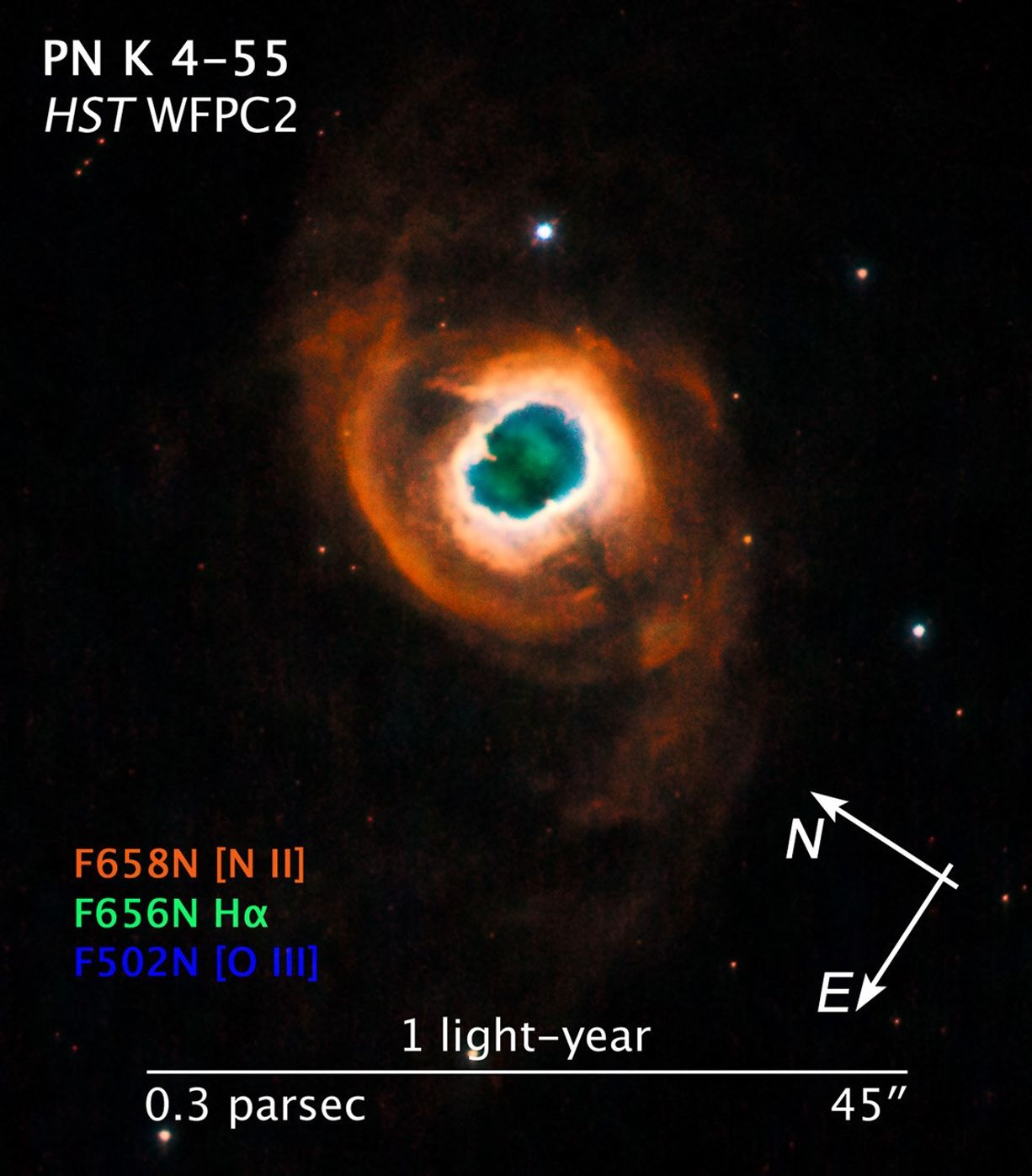1 min read
Planetary Nebula K 4-55

The Hubble community bids farewell to the soon-to-be decommissioned Wide Field Planetary Camera 2 (WFPC2) onboard the Hubble Space Telescope. In tribute to Hubble's longest-running optical camera, a planetary nebula has been imaged as WFPC2's final "pretty picture."
This planetary nebula is known as Kohoutek 4-55 (or K 4-55). It is one of a series of planetary nebulae that were named after their discoverer, Czech astronomer Lubos Kohoutek. A planetary nebula contains the outer layers of a red giant star that were expelled into interstellar space when the star was in the late stages of its life. Ultraviolet radiation emitted from the remaining hot core of the star ionizes the ejected gas shells, causing them to glow.
In the specific case of K 4-55, a bright inner ring is surrounded by a bipolar structure. The entire system is then surrounded by a faint red halo, seen in the emission by nitrogen gas. This multi-shell structure is fairly uncommon in planetary nebulae.
This Hubble image was taken by WFPC2 on May 4, 2009. The colors represent the makeup of the various emission clouds in the nebula: red represents nitrogen, green represents hydrogen, and blue represents oxygen. K 4-55 is nearly 4,600 light-years away in the constellation Cygnus.
The WFPC2 instrument, which was installed in 1993 to replace the original Wide Field/Planetary Camera, will be removed to make room for Wide Field Camera 3 during the upcoming Hubble Servicing Mission.
During the camera's amazing, nearly 16-year run, WFPC2 provided outstanding science and spectacular images of the cosmos. Some of its best-remembered images are of the Eagle Nebula pillars, Comet P/Shoemaker-Levy 9's impacts on Jupiter's atmosphere, and the 1995 Hubble Deep Field – the longest and deepest Hubble optical image of its time.
The scientific and inspirational legacy of WFPC2 will be felt by astronomers and the public alike, for as long as the story of the Hubble Space Telescope is told.
WFPC2 was developed and built by NASA's Jet Propulsion Laboratory, Pasadena, Calif.
About the Object
- R.A. PositionR.A. PositionRight ascension – analogous to longitude – is one component of an object's position.20h 45m 10.01s
- Dec. PositionDec. PositionDeclination – analogous to latitude – is one component of an object's position.44° 39' 14.58"
- ConstellationConstellationOne of 88 recognized regions of the celestial sphere in which the object appears.Cygnus
- DistanceDistanceThe physical distance from Earth to the astronomical object. Distances within our solar system are usually measured in Astronomical Units (AU). Distances between stars are usually measured in light-years. Interstellar distances can also be measured in parsecs.4,600 light-years (1.4 kiloparsecs)
- DimensionsDimensionsThe physical size of the object or the apparent angle it subtends on the sky.This image is roughly 61 arcseconds (1.5 light-years or 0.47 parsec) wide.
About the Data
- Data DescriptionData DescriptionProposal: A description of the observations, their scientific justification, and the links to the data available in the science archive.
Science Team: The astronomers who planned the observations and analyzed the data. "PI" refers to the Principal Investigator.The image was created from Hubble data from proposal 11956: K. Noll, Z. Levay, M. Mutchler, L. Frattare, M. Livio, W. Januszewski, C. Christian, F. Hamilton, and H. Bond (Hubble Heritage Team/STScI). R. Sahai and J. Trauger (JPL) consulted on the target. - InstrumentInstrumentThe science instrument used to produce the data.HST>WFPC2
- Exposure DatesExposure DatesThe date(s) that the telescope made its observations and the total exposure time.May 4, 2009, Exposure Time: 2 hours
- FiltersFiltersThe camera filters that were used in the science observations.F502N ([O III]), F656N (H-alpha), and F658N ([N II])
- Object NameObject NameA name or catalog number that astronomers use to identify an astronomical object.PN K 4-55, Kohoutek 4-55, PN G084.2+01.0
- Object DescriptionObject DescriptionThe type of astronomical object.Planetary Nebula
- Release DateMay 10, 2009
- Science ReleaseHubble Photographs a Planetary Nebula to Commemorate Decommissioning of Super Camera
- CreditNASA, ESA, and the Hubble Heritage Team (STScI/AURA); Acknowledgment: R. Sahai and J. Trauger (Jet Propulsion Laboratory)

The image is a composite of separate exposures made by the WFPC2 instrument on the Hubble Space Telescope. Three filters were used to sample narrow wavelength ranges. The color results from assigning different hues (colors) to each monochromatic image. In this case, the assigned colors are: Blue: F502N ([O III]) Green: F656N (H-alpha) Red: F658N ([N II])

Share
Details
Claire Andreoli
NASA’s Goddard Space Flight Center
Greenbelt, Maryland
claire.andreoli@nasa.gov

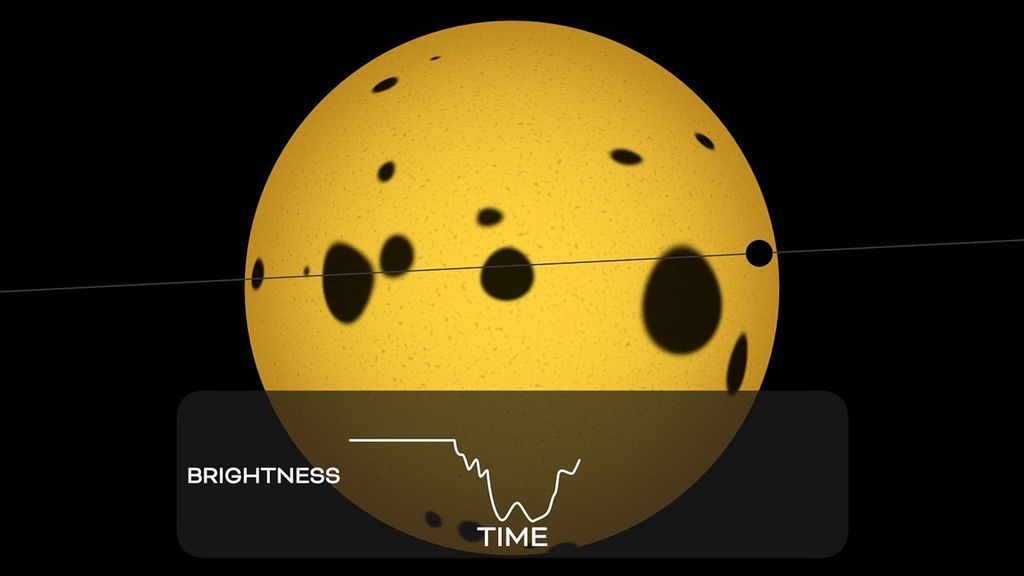









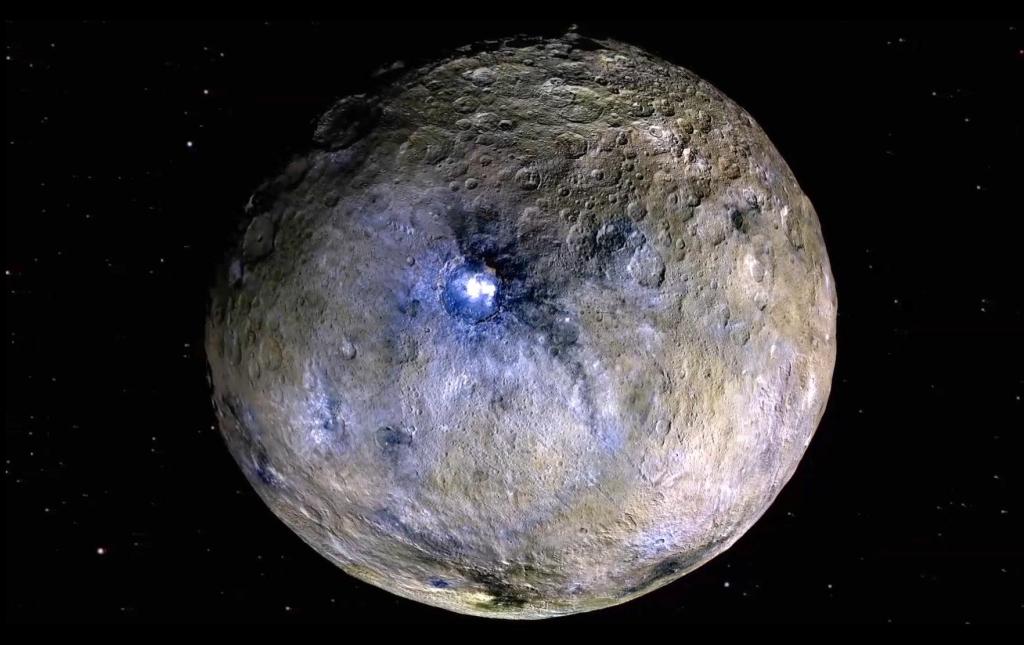
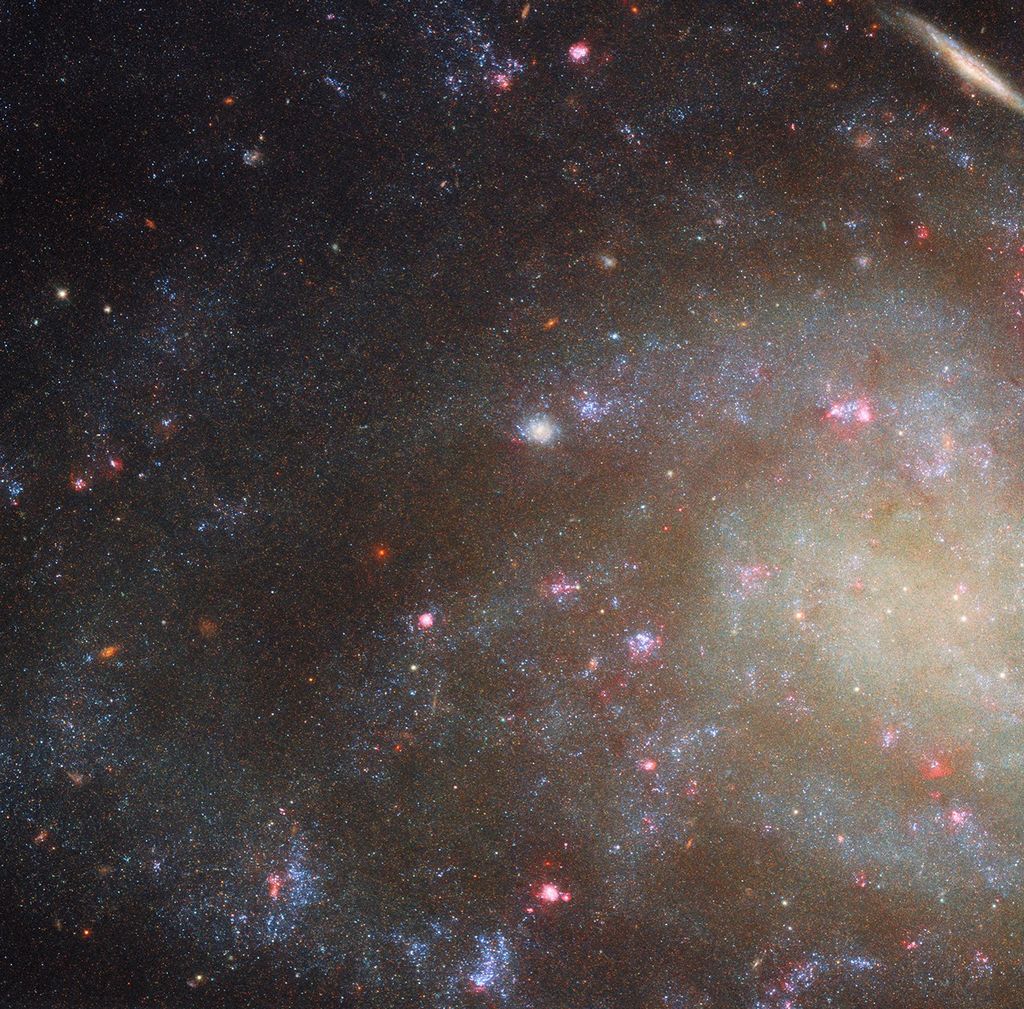



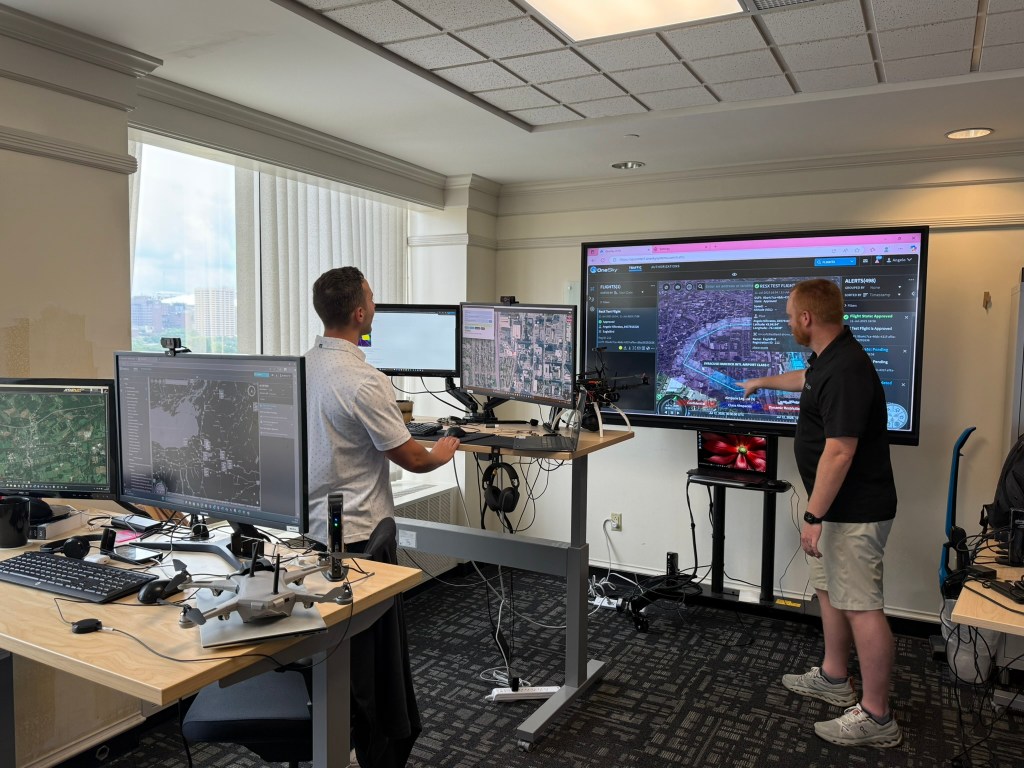






-Carolyn_Y._Ng.jpeg?w=1024)




